Chess, a strategic board game played between two opponents, has three primary outcomes: a win, a loss, or a draw. The conclusion of a chess game involves intricate strategies and a thorough understanding of the rules. This article explores the different ways a chess game can end, focusing on checkmate, resignation, and various forms of draw.
Checkmate
Checkmate occurs when a king is in a position to be captured (in check) and cannot escape from capture. Essentially, if the player whose turn it is to move has no legal move to make, and their king is in check, the game ends with a checkmate. Achieving checkmate is the ultimate goal in chess, as it directly concludes the game with a win for the attacking player.
Resignation
Resignation is a voluntary decision by a player to concede defeat. A player may choose to resign due to an inferior position on the board, the loss of significant material, or a tactical disadvantage that is likely to lead to checkmate. Resignation is common in professional play where players can accurately assess their chances of winning from a particular position. It is a formal acknowledgment of defeat, and the game ends immediately once a player resigns.
Stalemate
Stalemate is a situation where the player whose turn it is to move is not in check but has no legal move. Stalemates result in a drawn game. Stalemate can sometimes be used as a defensive strategy by a losing player to escape with a draw from an otherwise hopeless position.
Draw by Agreement
Players can agree to a draw if they feel that neither side has a realistic chance of winning. This decision can be influenced by numerous factors including material on the board, position, and potential repetitive moves. A draw by agreement can occur at any stage of the game, provided both players consent.
Threefold Repetition
A game can end in a draw if the same position occurs three times with the same player to move and all possible moves. This rule helps prevent games from continuing indefinitely due to repeated positions. Threefold repetition does not need to be consecutive but can occur at any point during the game’s progression.
Fifty-move Rule
The fifty-move rule states that a player can claim a draw if no capture has been made and no pawn has been moved in the last fifty moves. This rule prevents endless maneuvering in positions where no progress is being made.
Loss on Time
In games with a time control, a player can lose if they fail to make a move within the allotted time. Each player must manage their time to avoid such losses, which add a layer of time management skill to the game of chess.
Conclusion
The conclusion of a chess game can occur through checkmate, resignation, or various forms of draws, each depending on the state of the game and the decisions of the players. Understanding these endings is crucial for players at all levels, from beginners learning the basics to advanced players refining their strategies. Recognizing the conditions and strategies for each type of game conclusion not only enhances one's playing ability but also deepens appreciation for the complexities of chess.
Explore our large collection of luxurious chess sets!

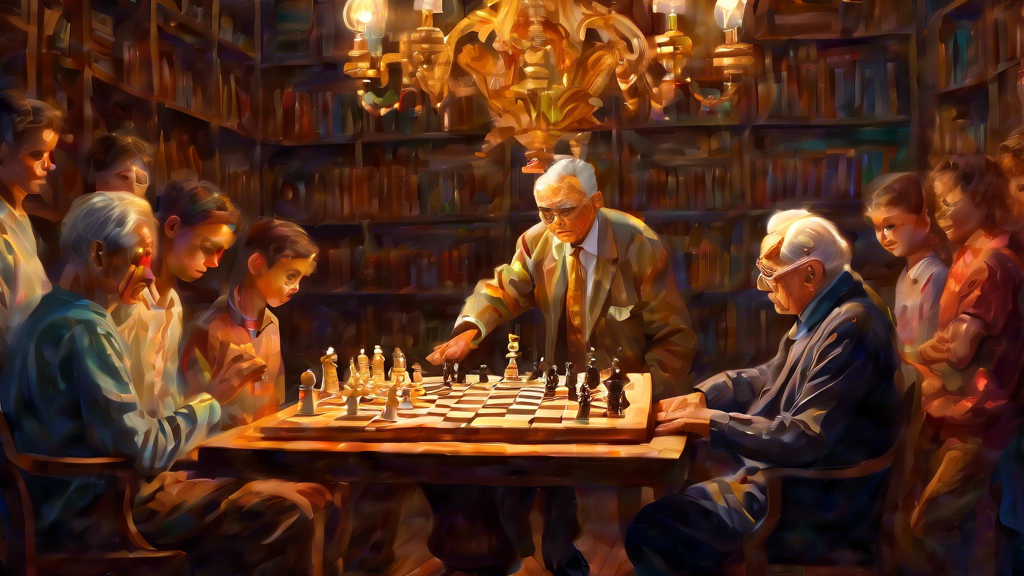
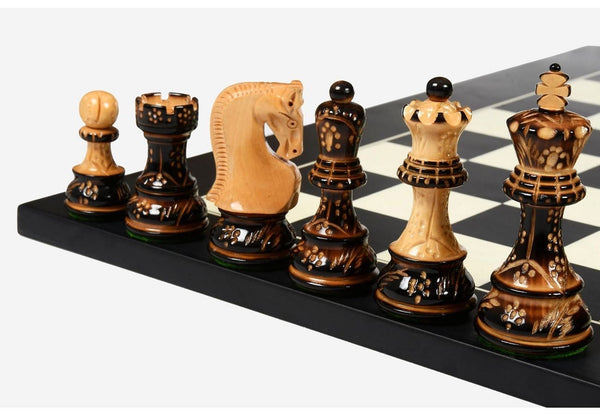
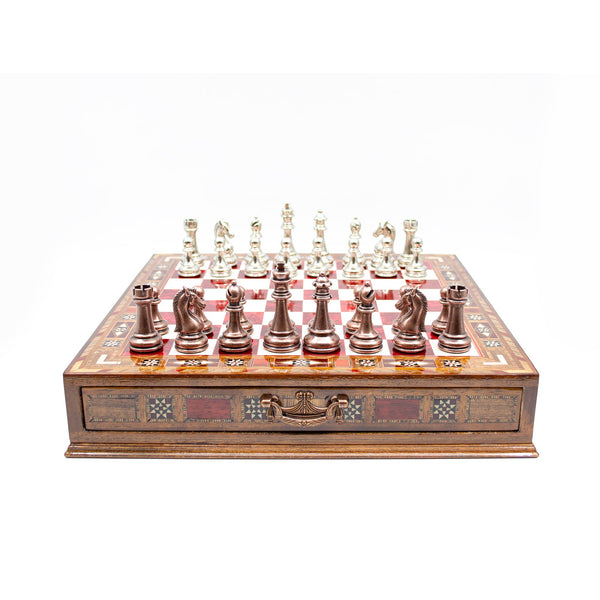
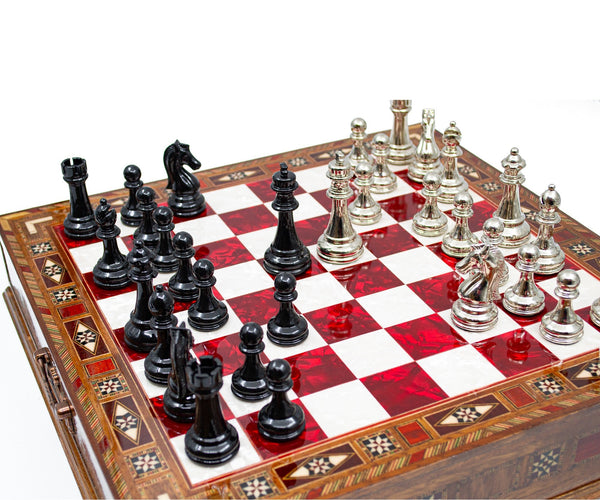
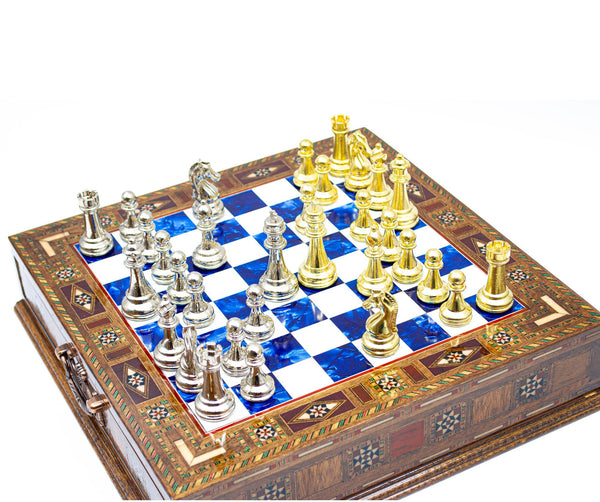
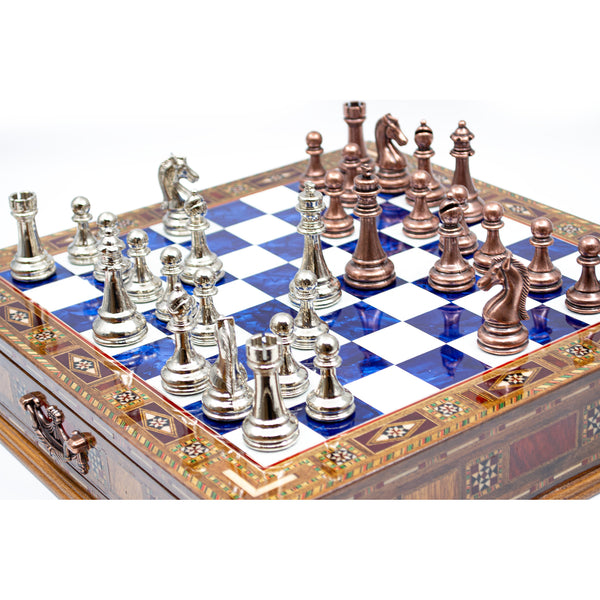
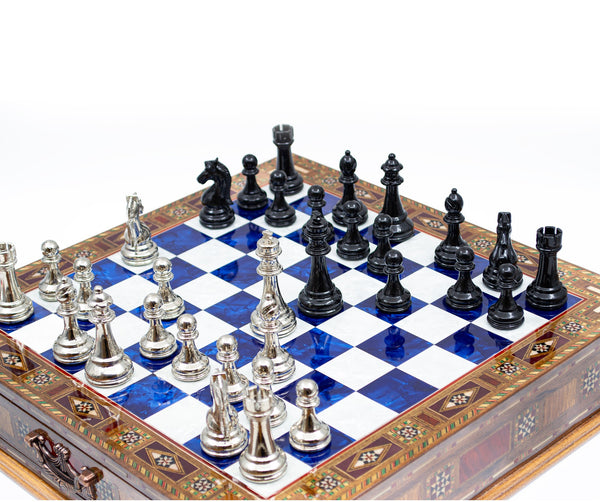



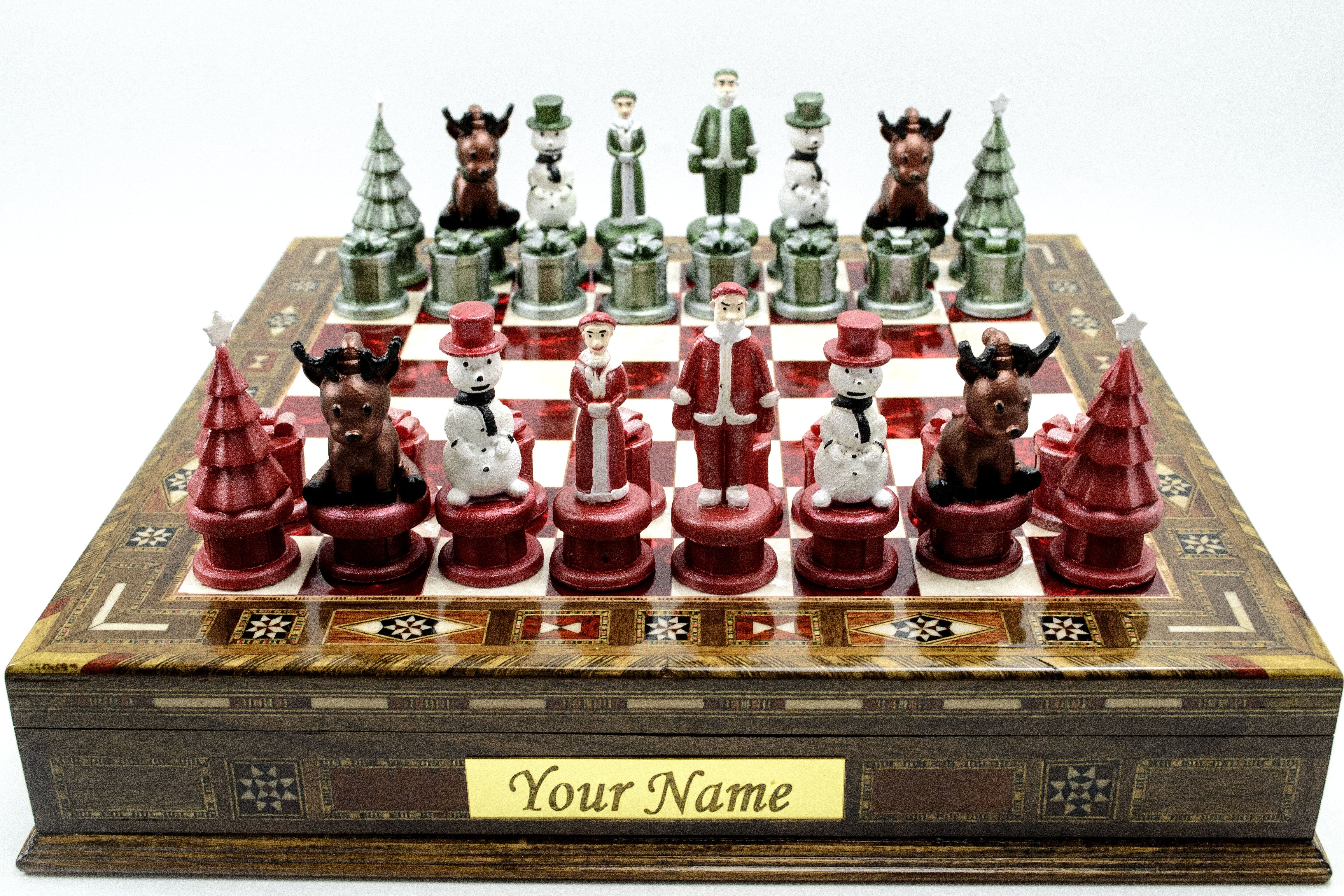




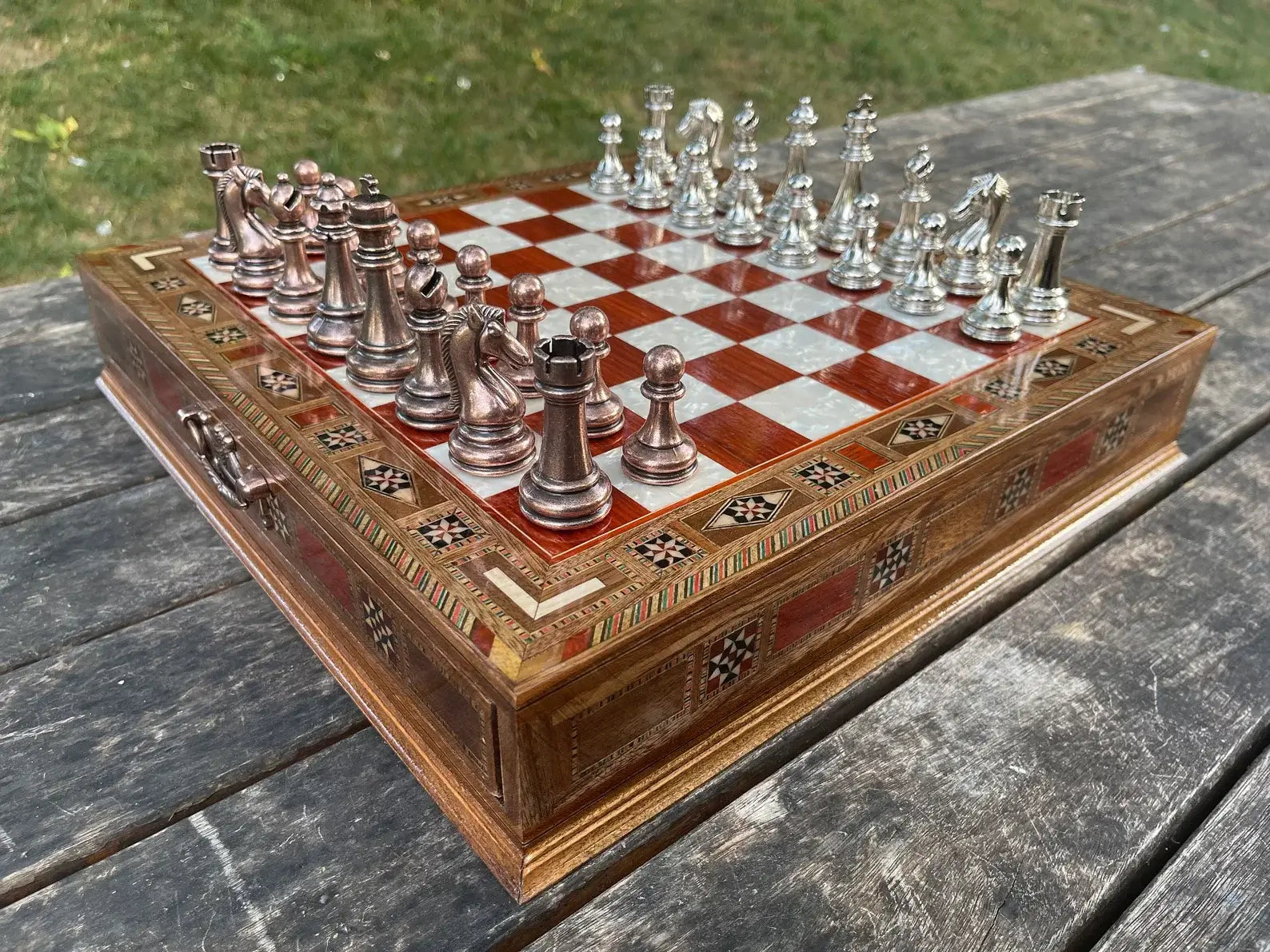
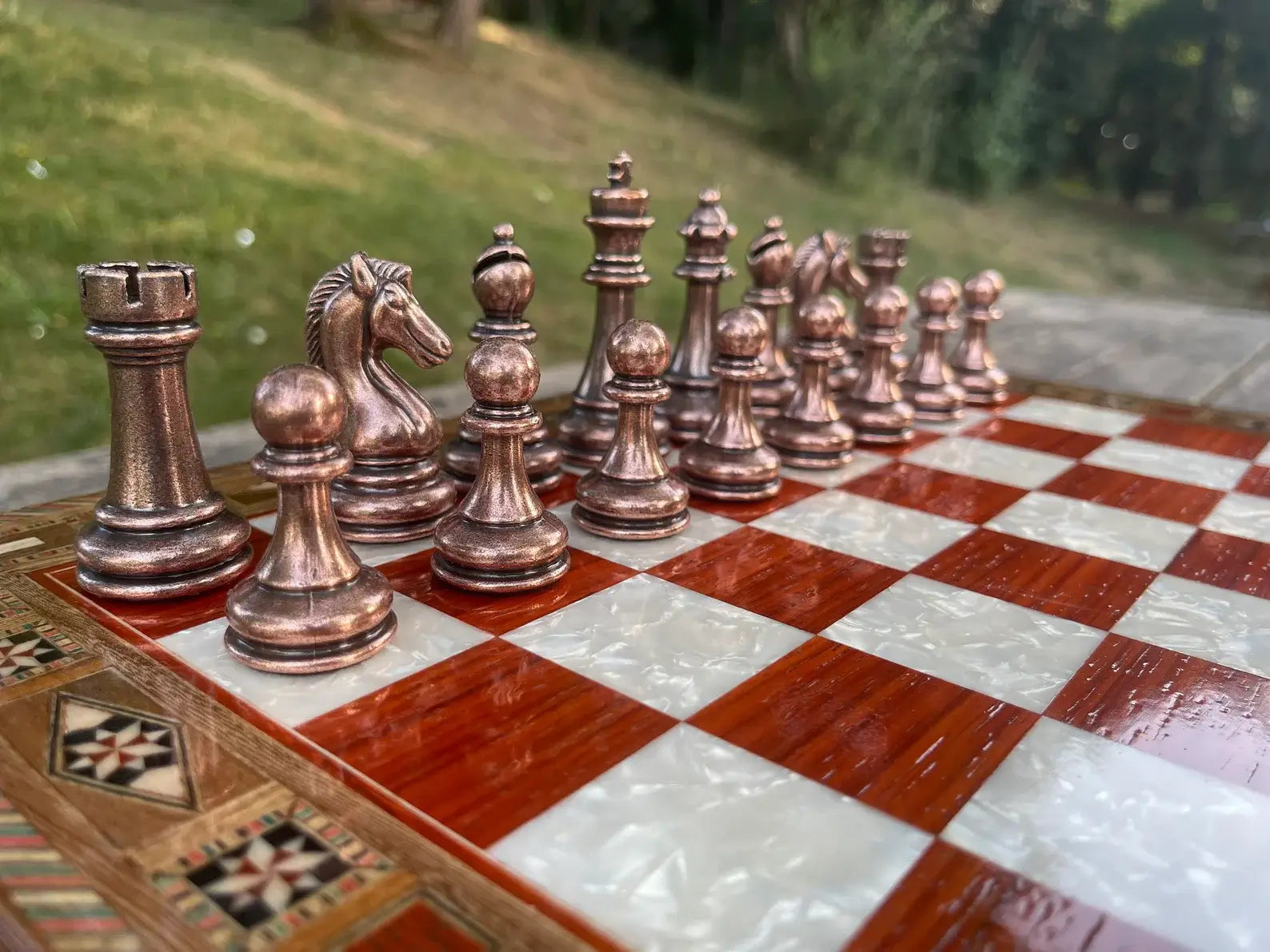
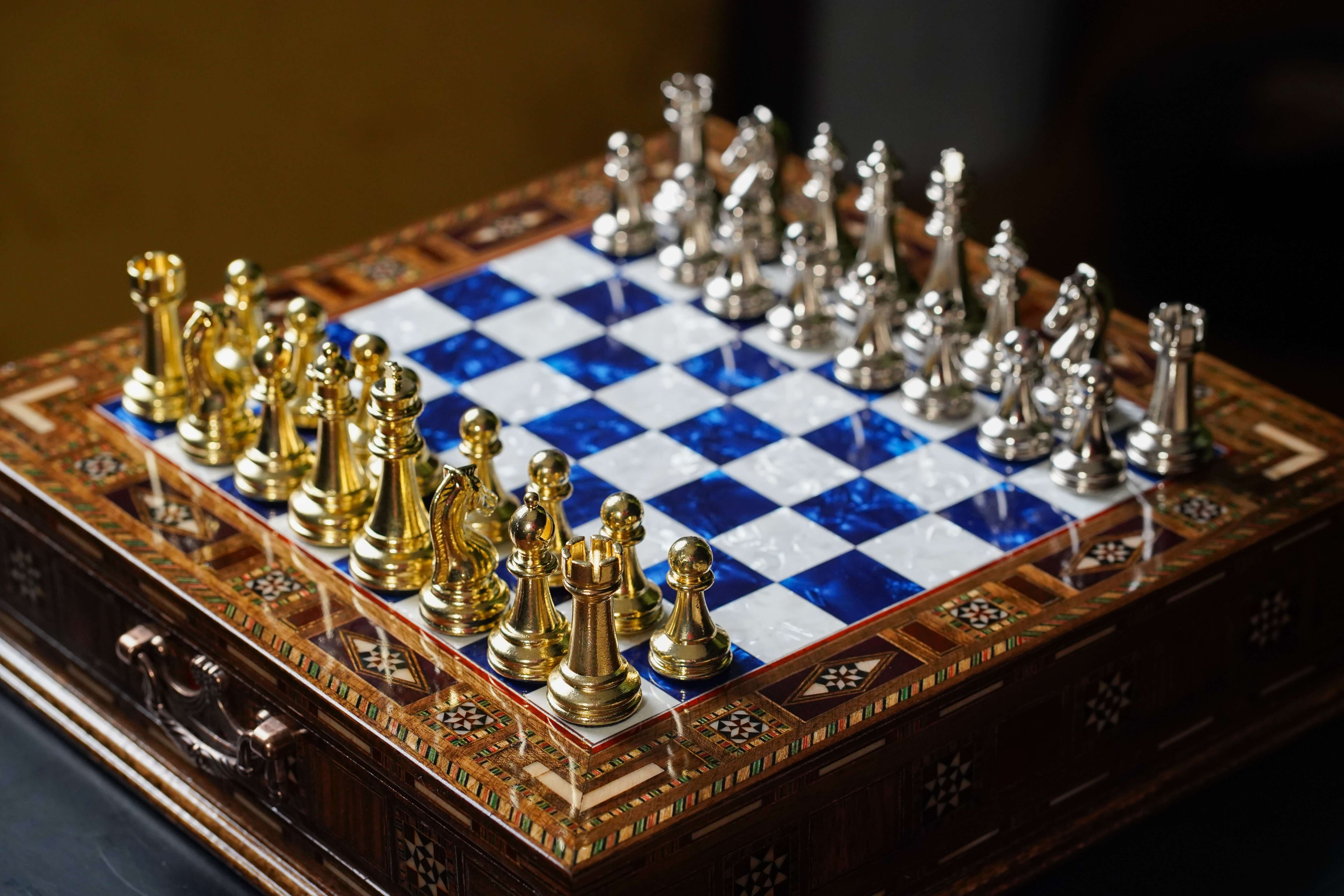
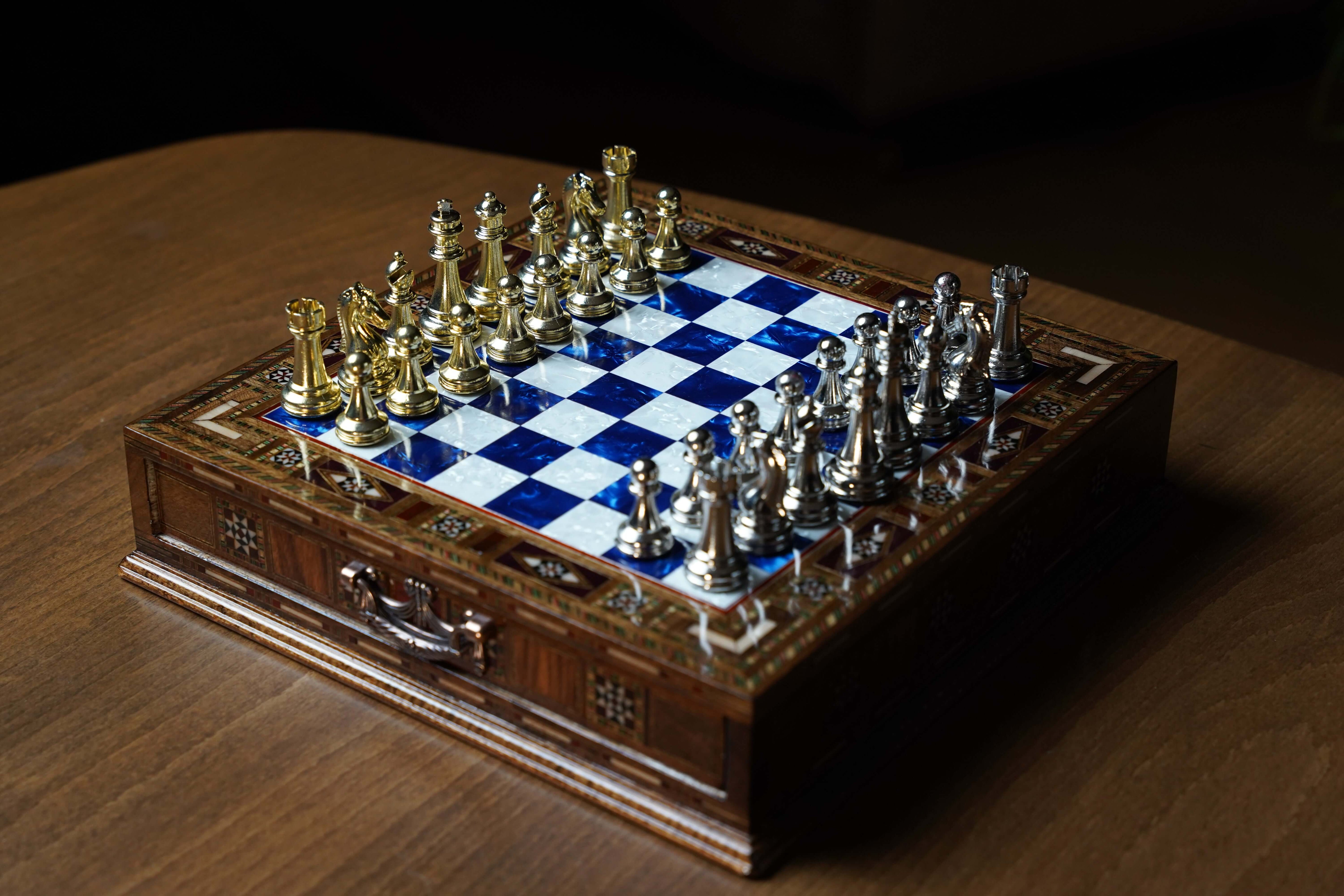
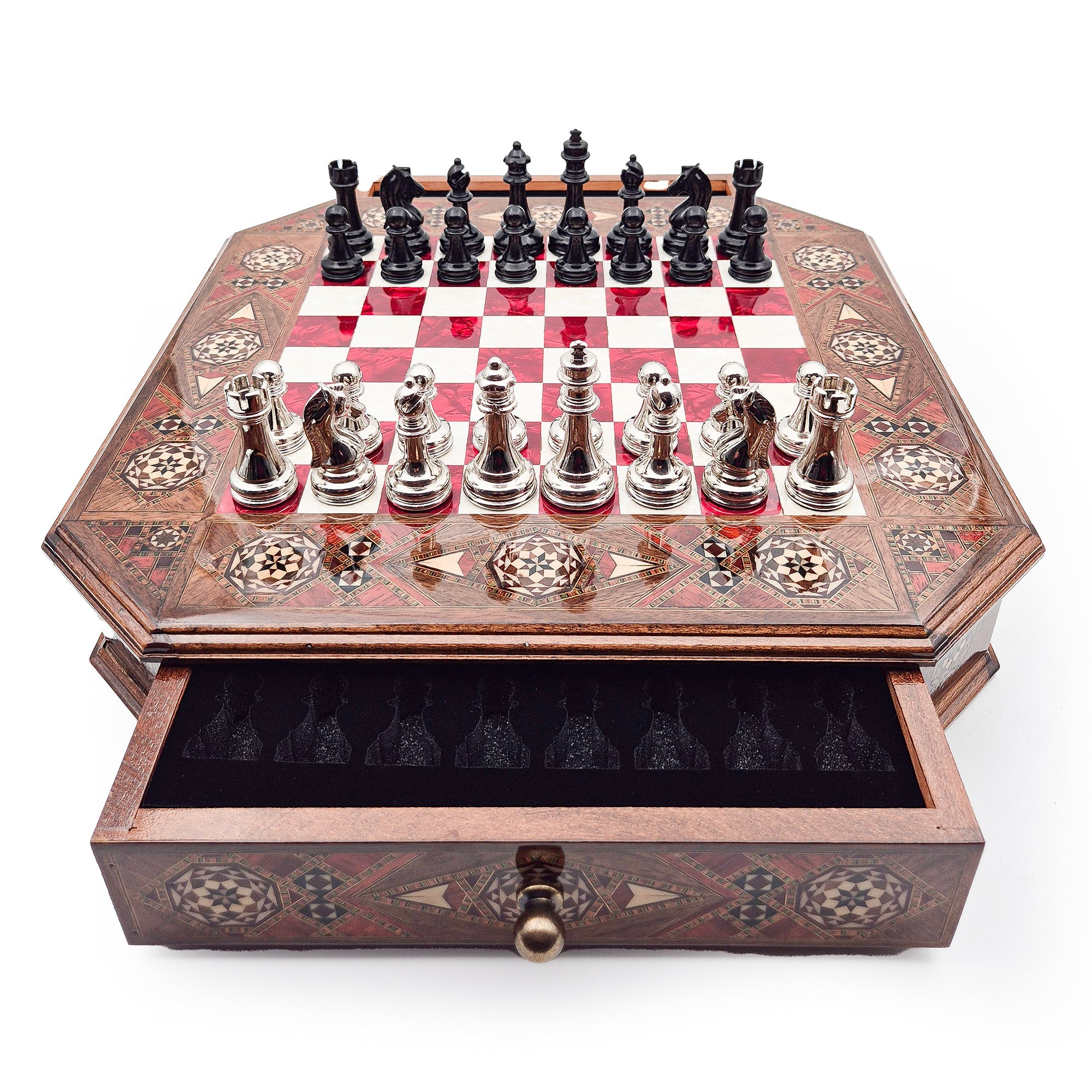
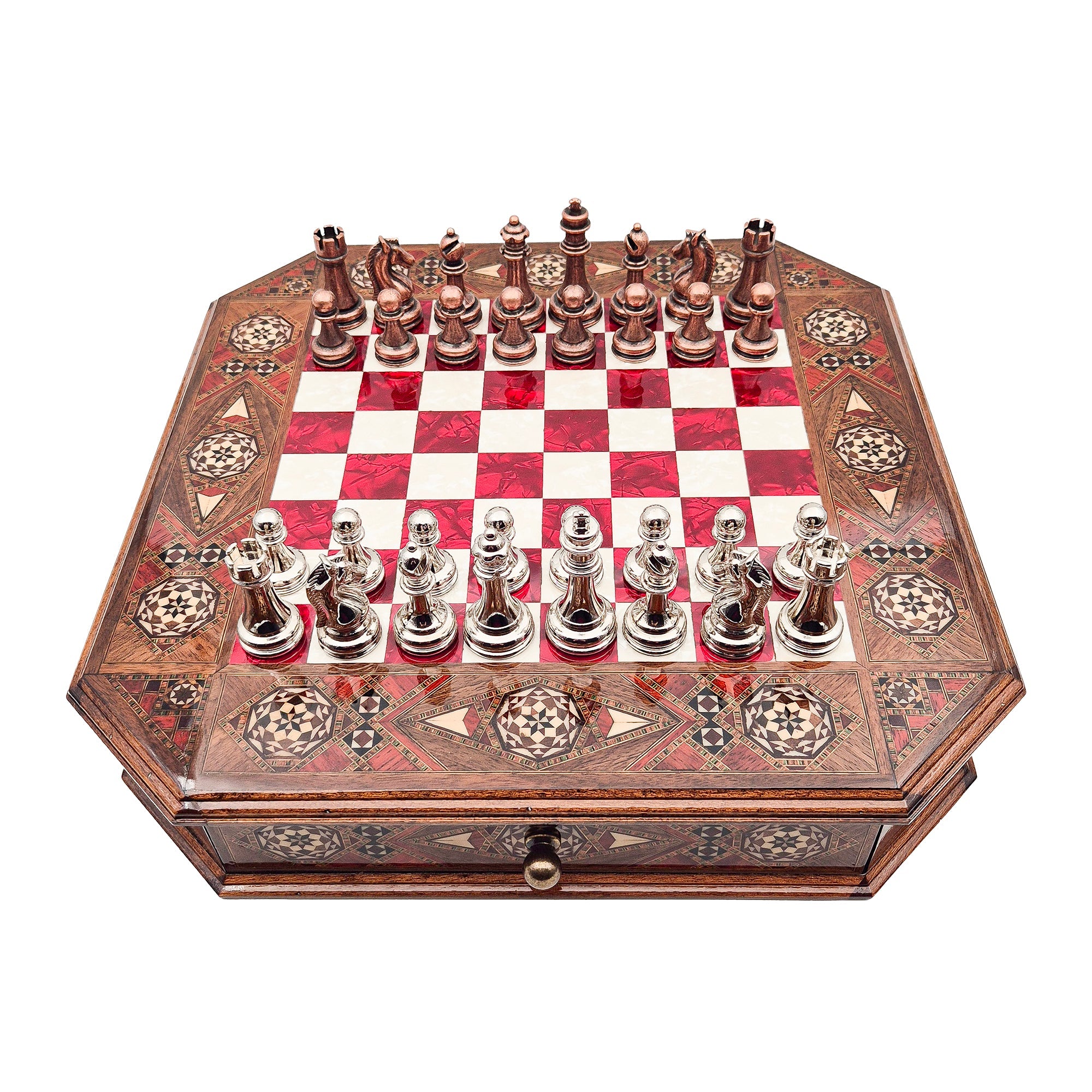
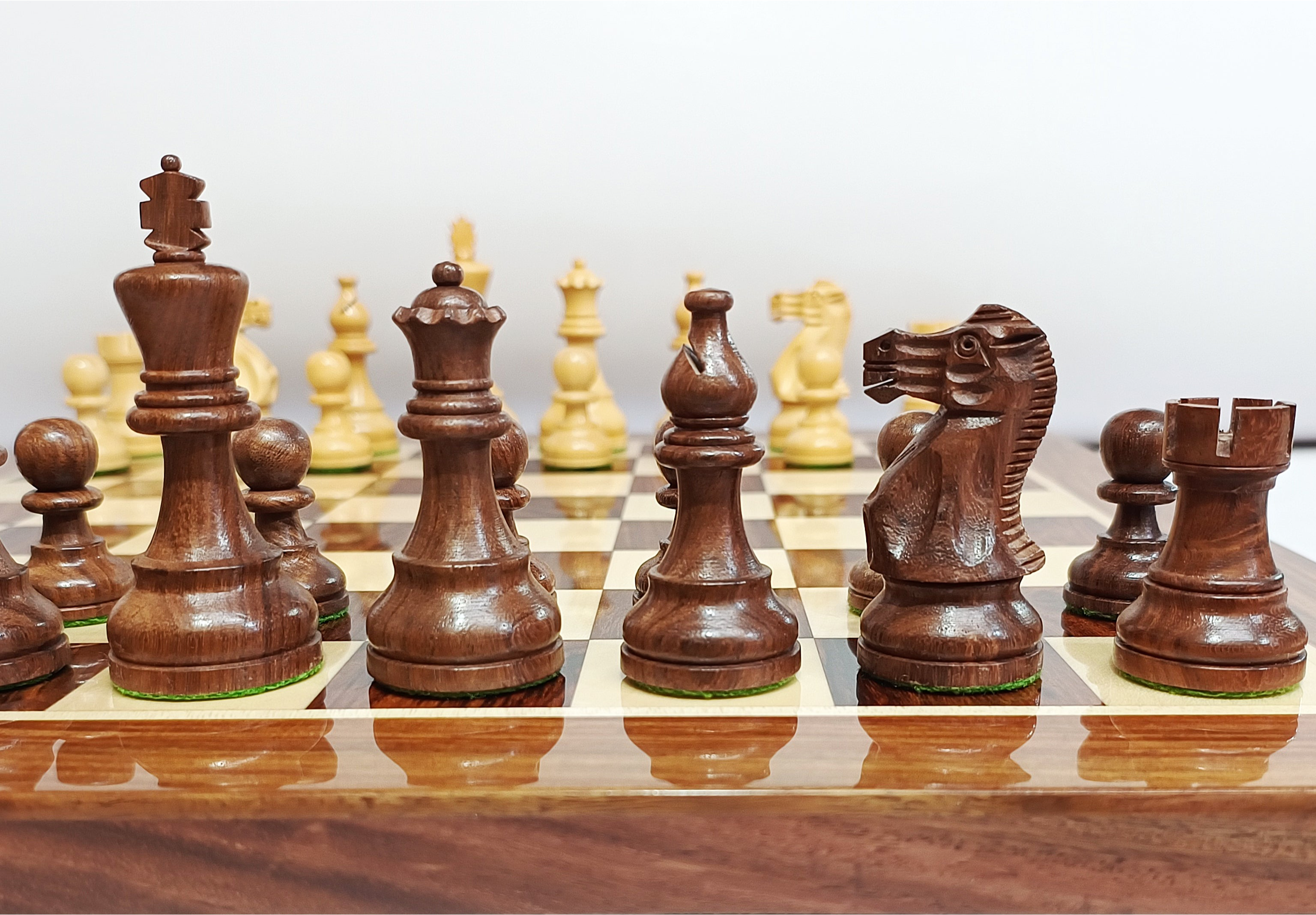

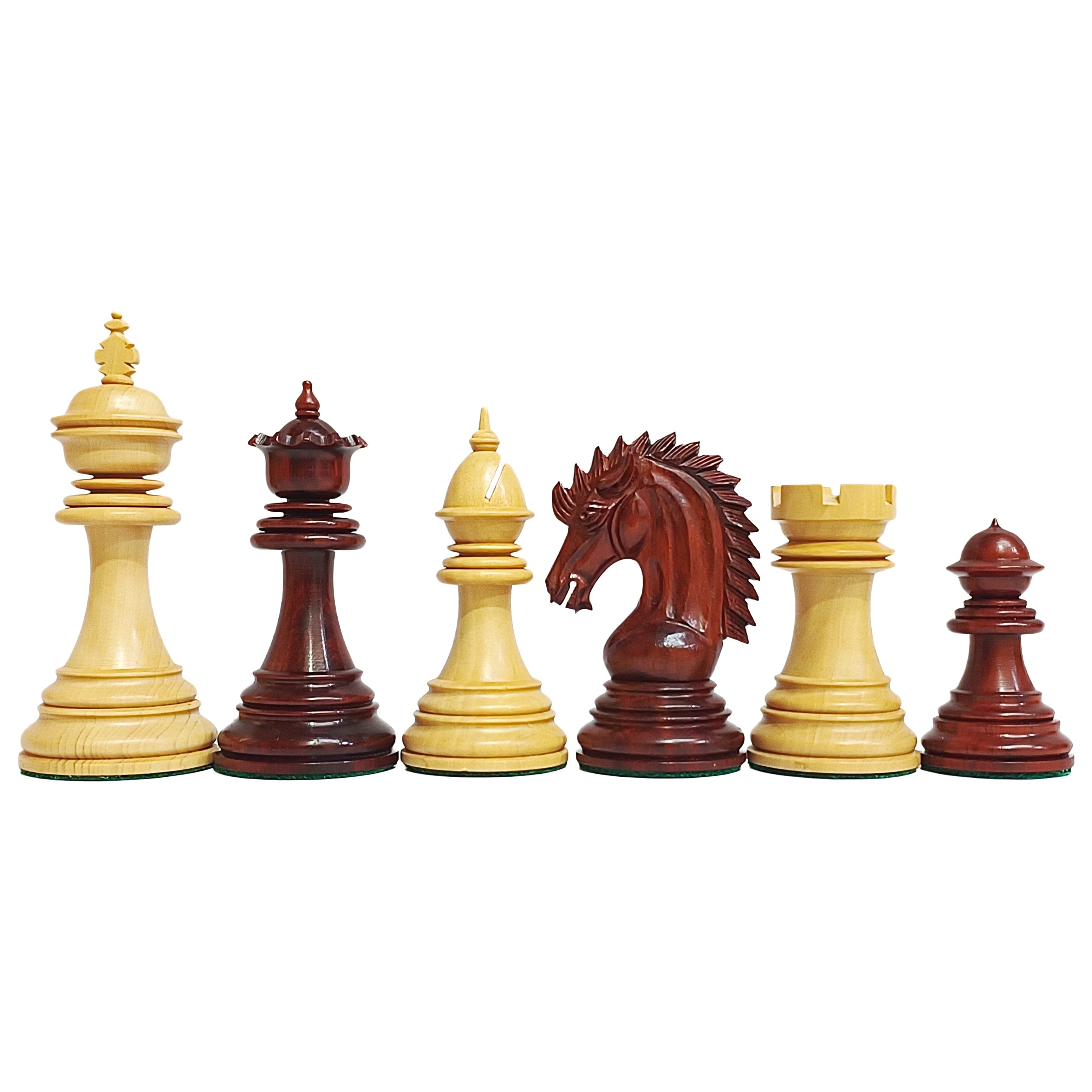
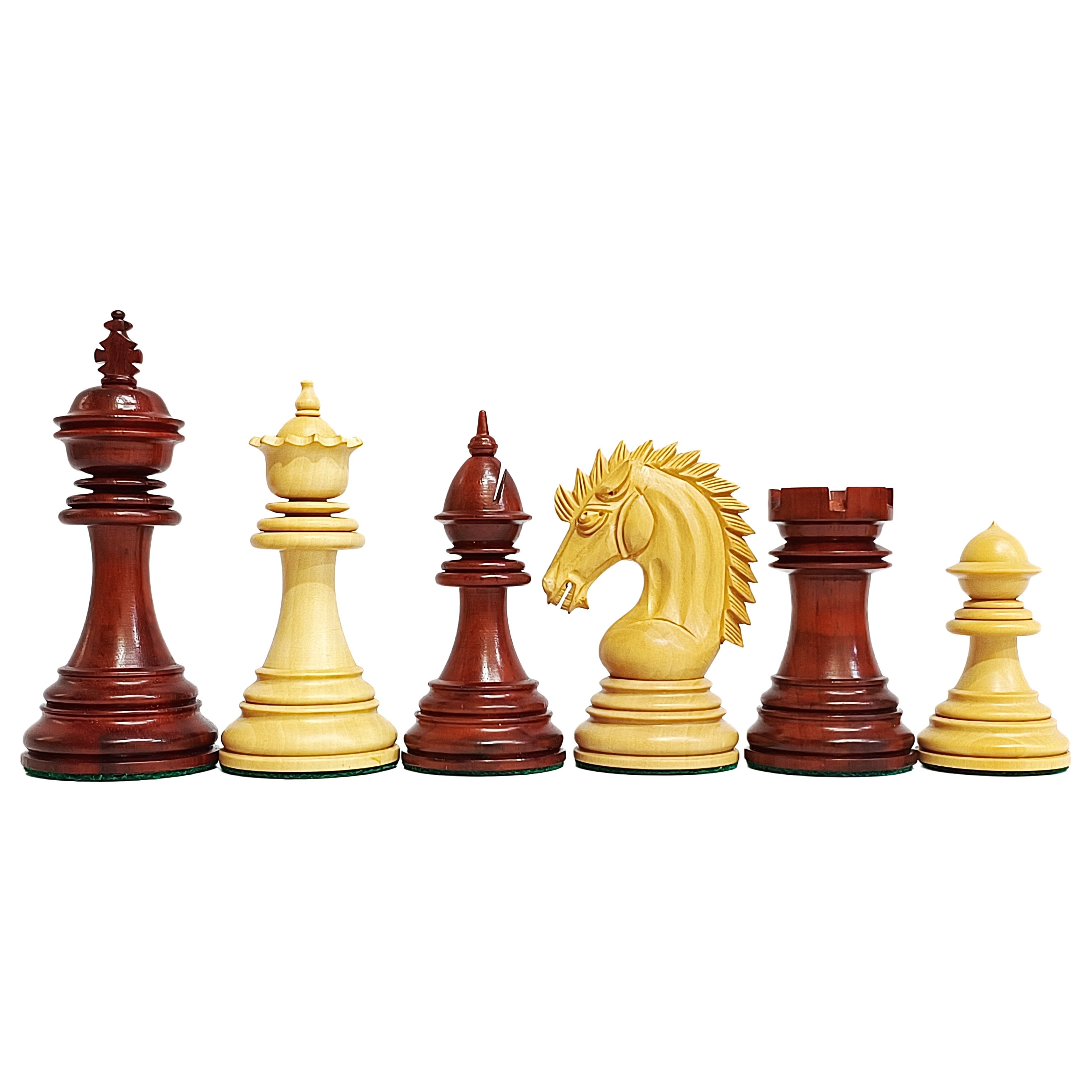


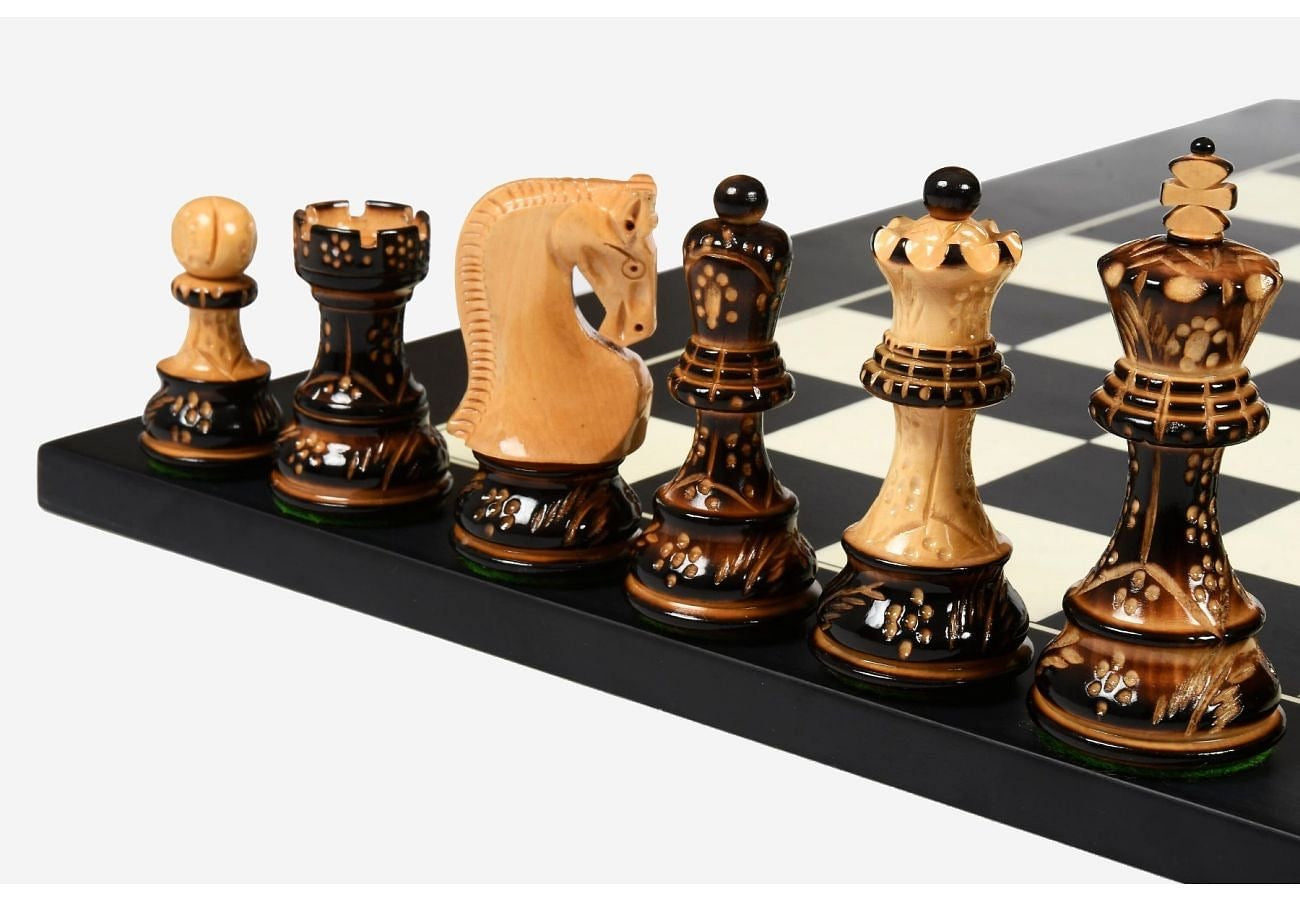
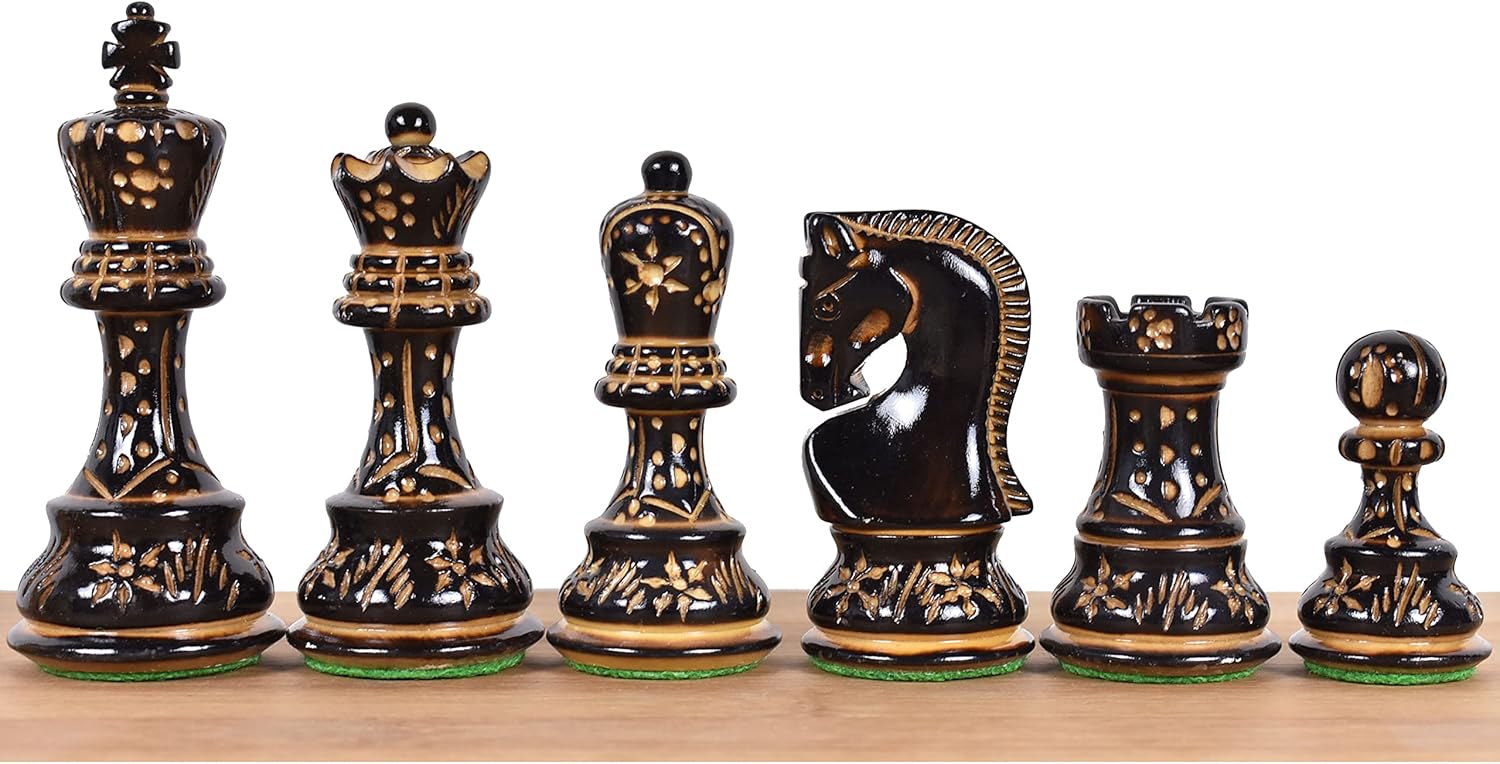
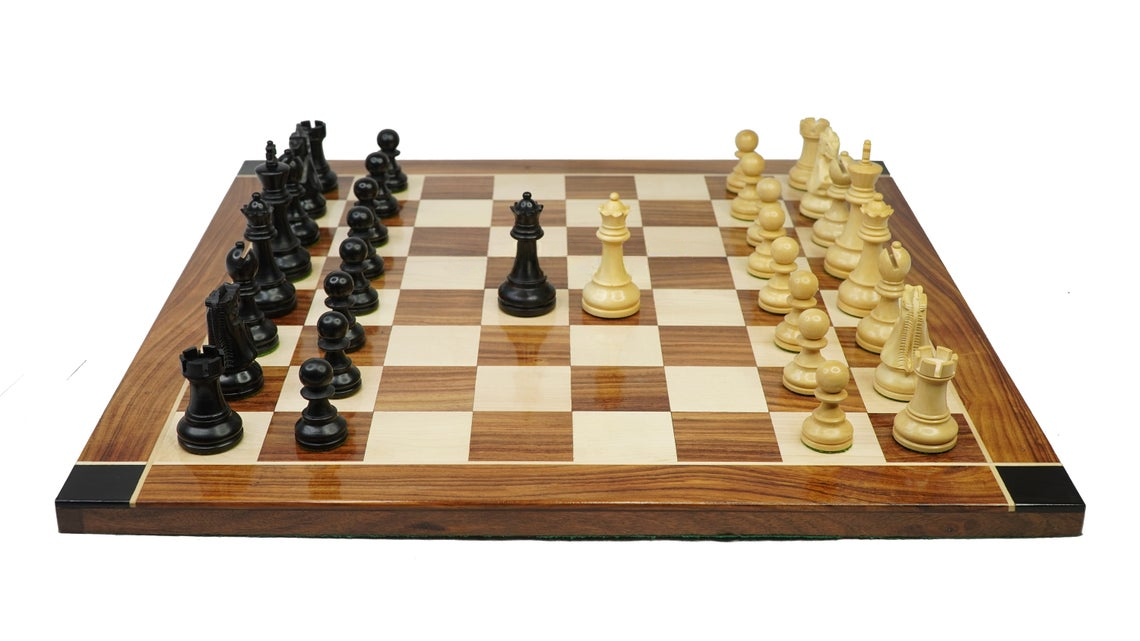

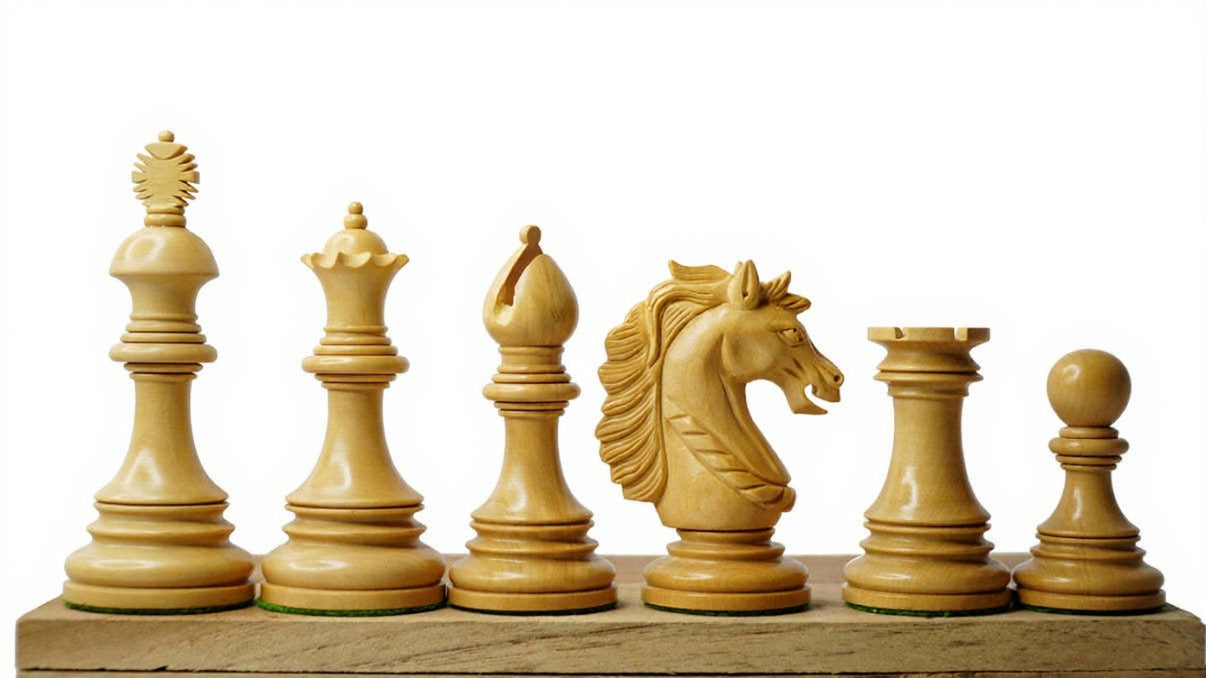
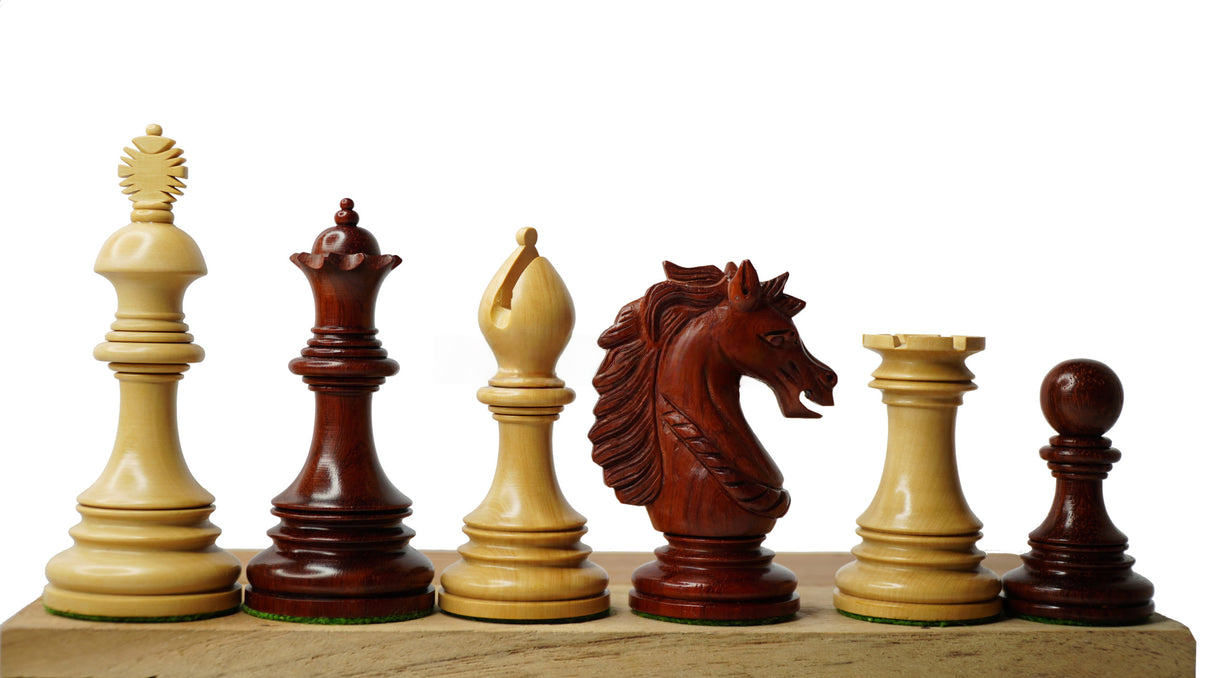
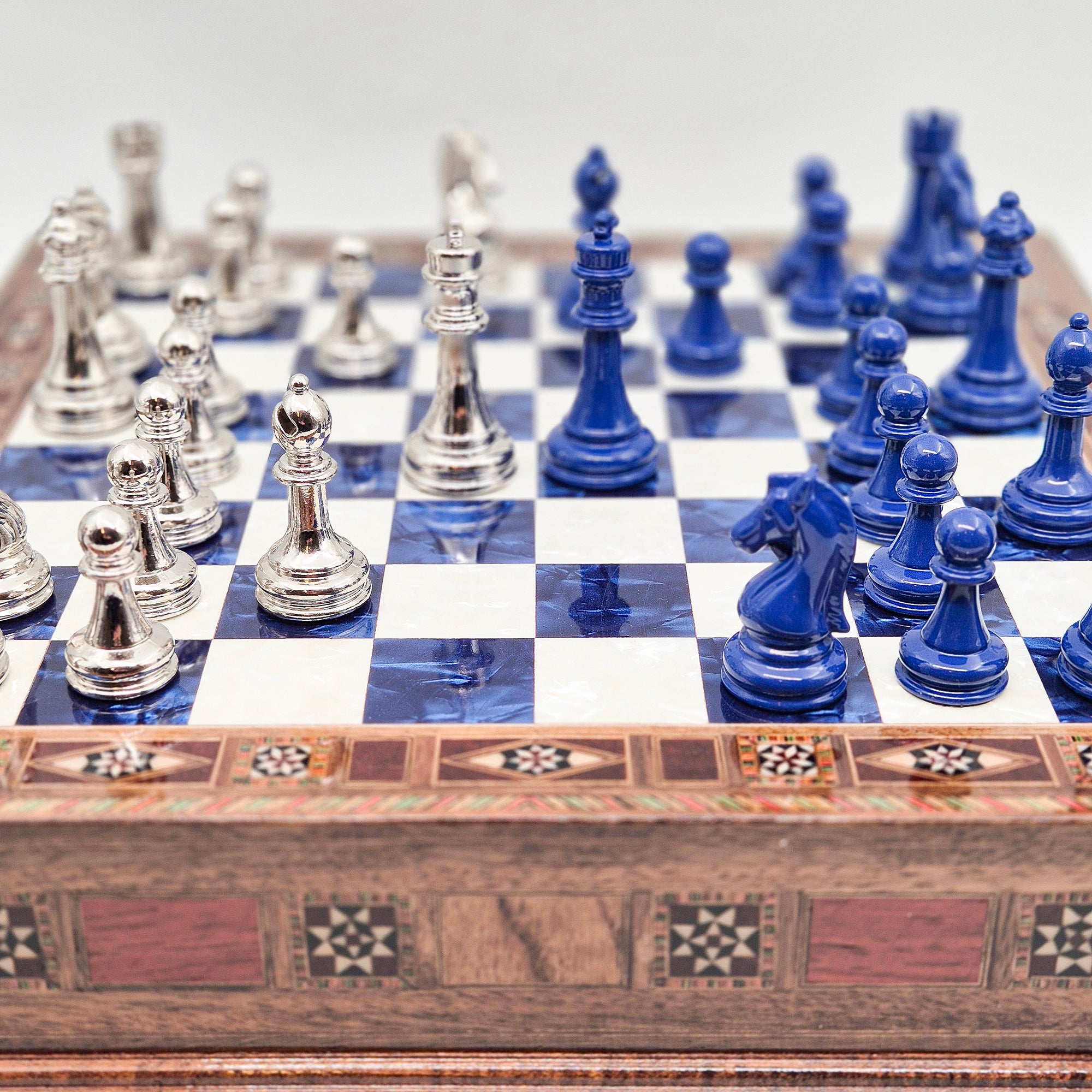


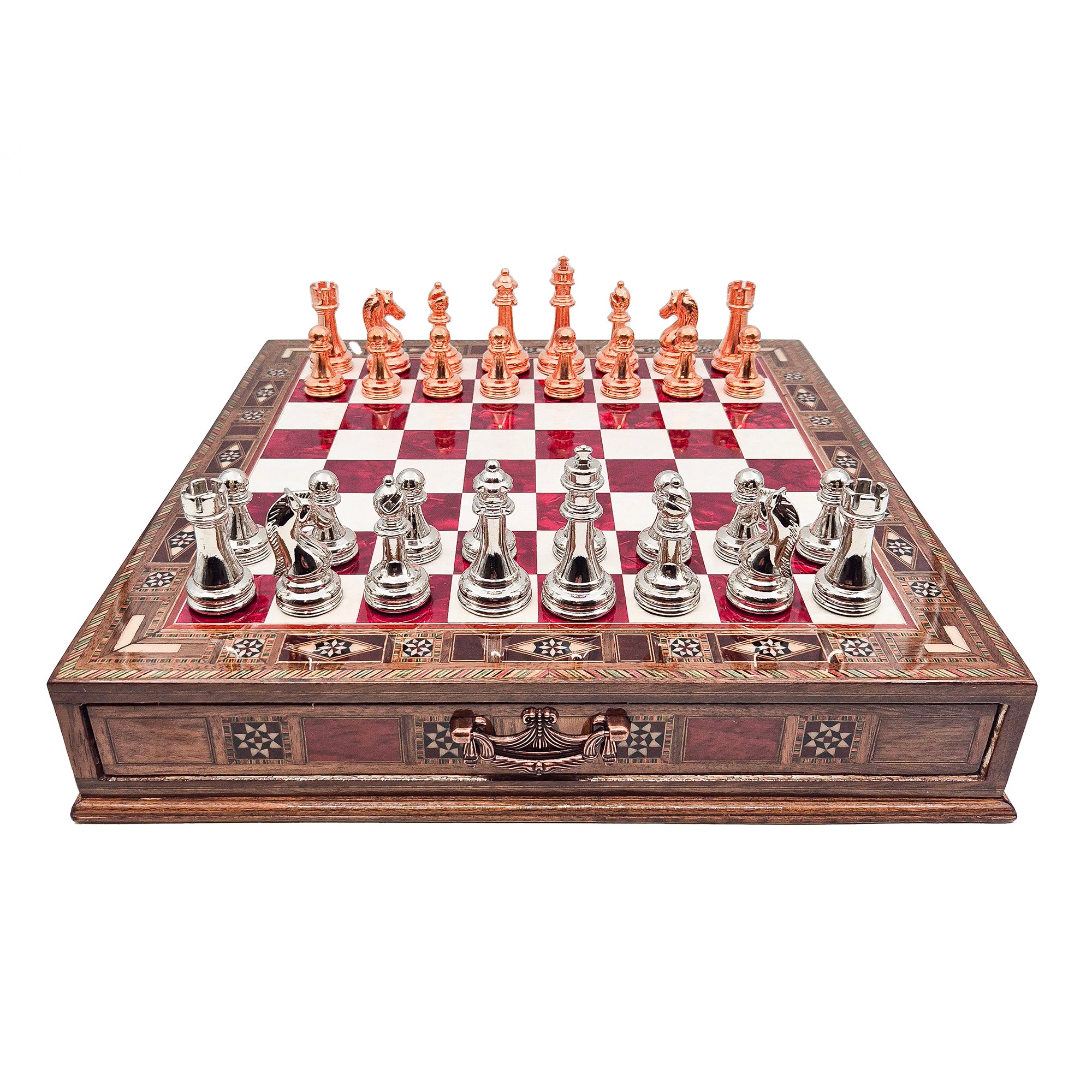
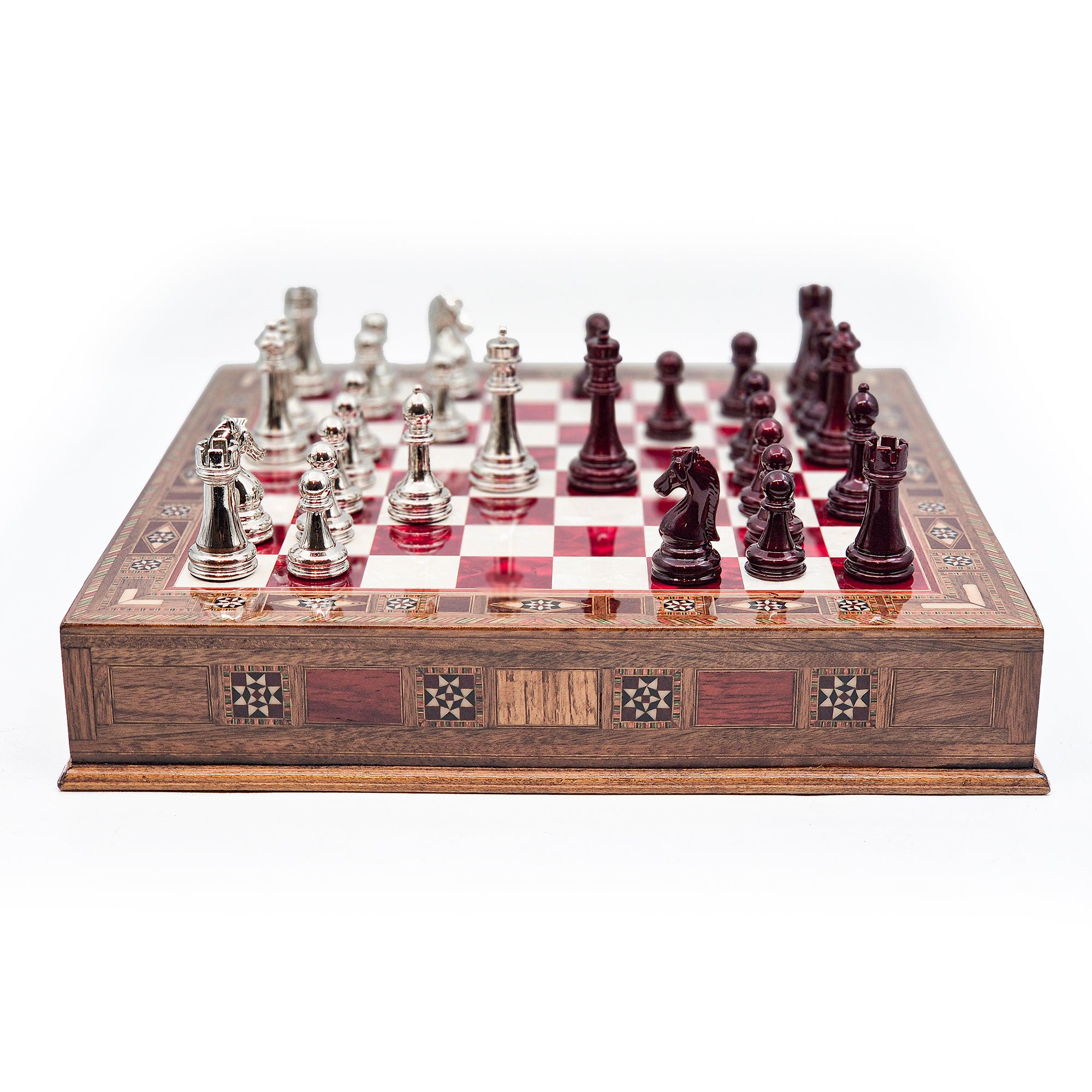
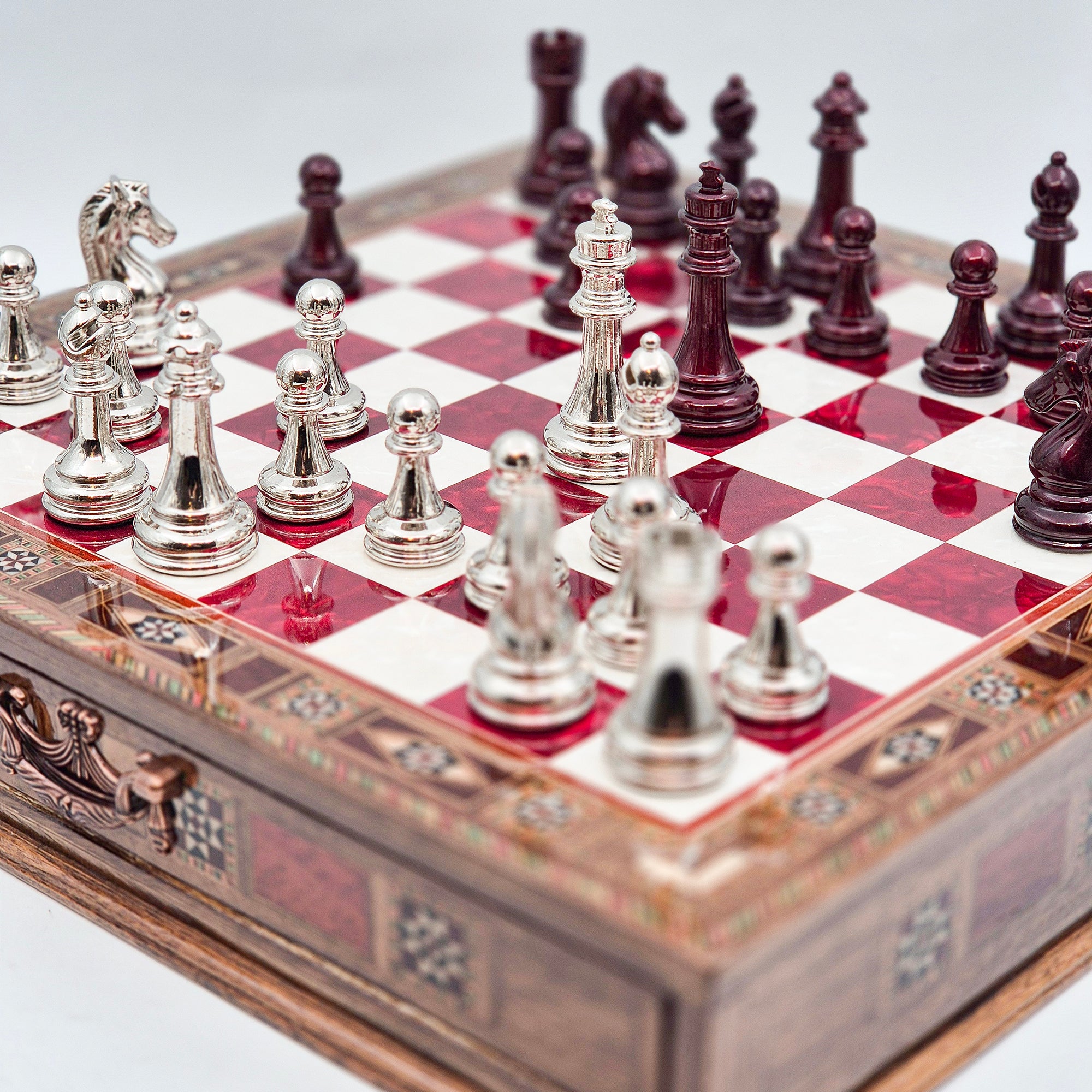
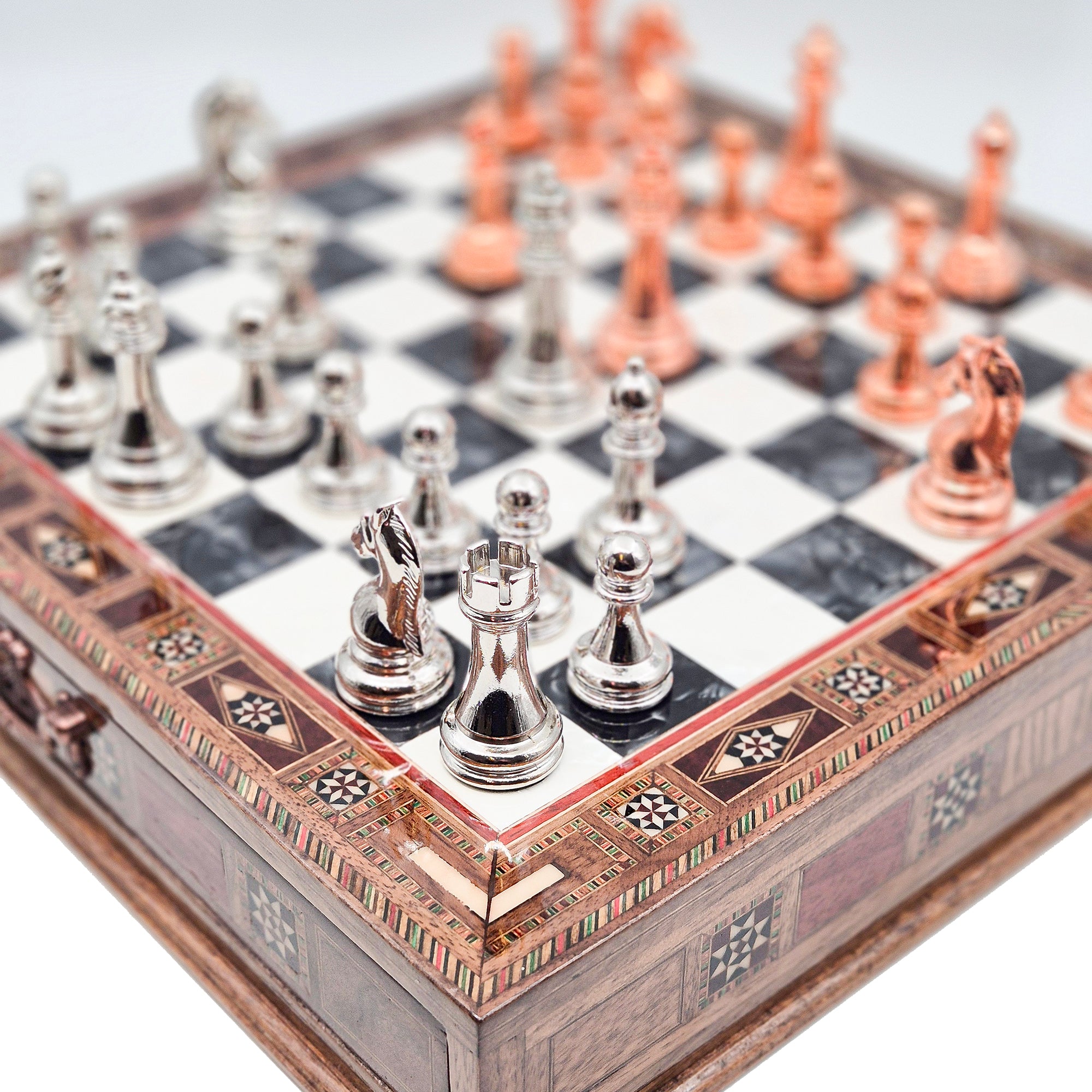
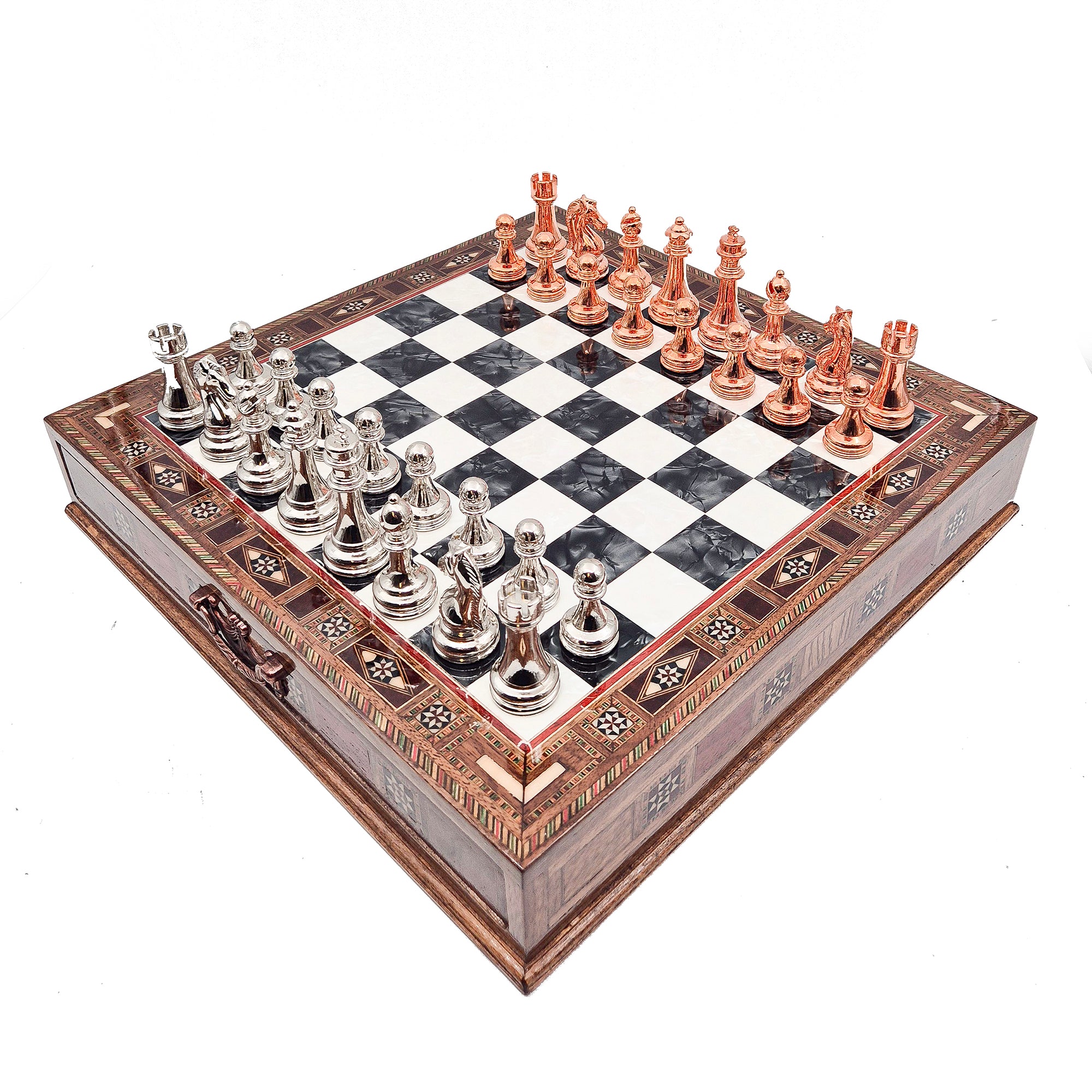


Leave a comment
All comments are moderated before being published.
This site is protected by hCaptcha and the hCaptcha Privacy Policy and Terms of Service apply.